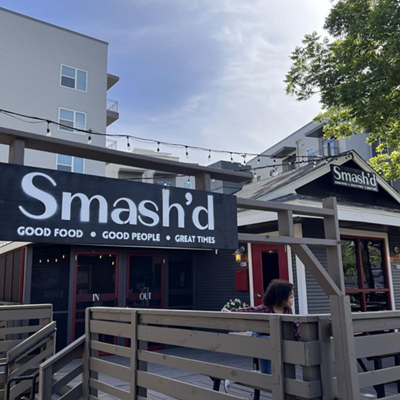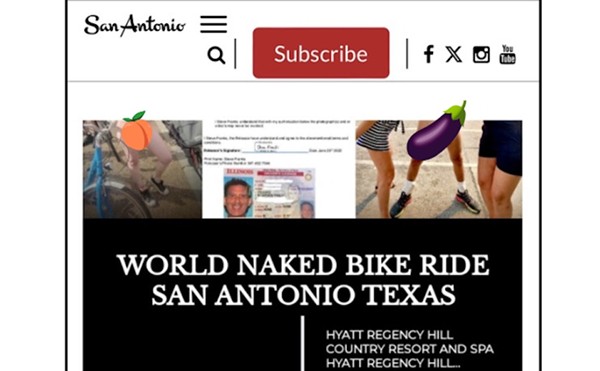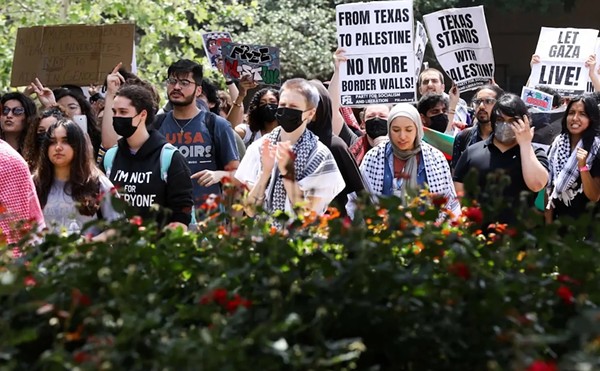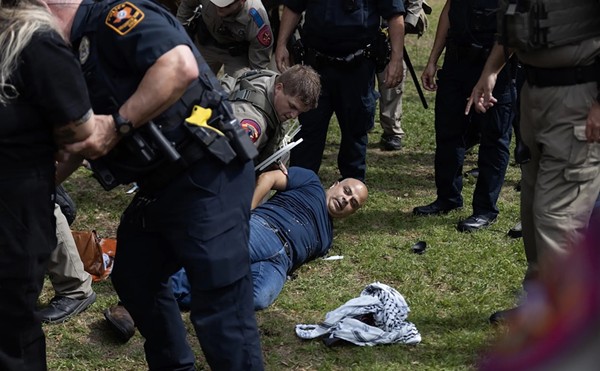Let’s face it. We have a streets problem.
No, it’s not the problem of the likely closure of Main Avenue downtown. Or the fact that streets in San Antonio never seem to connect. Or even the question of toll roads on our major highways. It’s the way we have built streets, particularly in and around downtown.
For decades, as part of the planning for “urban renewing” large swaths of the fringe of downtown on the East and West Sides, we designed and built new streets that were meant to carry floods of cars and other vehicles to and from the downtown core, often funneling traffic from the new interstate highways that looped the city center. Streets like Martin north of downtown, Frio to the west, and César Chávez to the south enabled “suburban” drivers to reach jobs and patronize stores downtown. Feeding into those streets, we also built major arterials like Broadway and San Pedro to sustain the deluge of drivers going downtown.
That planning was part and parcel of the effort to boost the fortunes of downtown, bolstered by an abundance of cheap land that was cleared under the Federal urban renewal program. It also reflected the planning principles of the time, devoted primarily to accommodating cars and their drivers. But what we created then for cars has made much of the downtown area not at all friendly to people as pedestrians. Crossing the streets around the University of Texas at San Antonio’s downtown campus—Frio, César Chávez, Pecos—can be a frightening experience. Indeed, just walking on the sidewalks along these arteries as cars zoom by, occasionally sending up plumes of water when it rains, is far from pleasant. It’s no more enjoyable for those Bexar County employees trying to cross Pecos/LaTrinidad from the Vista Verde Plaza building, despite the addition of pedestrian crossing signs and markings.
These problems of too-much friendliness for cars, and far too little accommodation for pedestrians and cyclists, are particularly evident along Broadway. What was once San Antonio’s grand automobile row, the direct route to the suburbs of Alamo Heights and Terrell Hills, is today far from grand. As new residential and commercial development begins to take hold along at least a small part of Broadway to the north and Flores to the south of downtown, we really need a citywide conversation and rethinking of how our major streets work, and for whom. Fortunately, we have some guides for ways to think better and smarter about streets.
Former San Francisco planning chief Allan Jacobs, in his book Great Streets, provides a host of models and guidelines from around the world. Jacobs describes the best streets as “comfortable to walk along with leisure and safety,”—streets that are equally usable by both drivers and pedestrians. He also notes the importance of streets as social spaces, where people can socialize and interact. The basic elements of “great”—or even just better—streets are now widely recognized and developed, employed in such ways as San Francisco’s 2010 Better Streets Plan. They include sidewalks sufficiently wide to accommodate both walking and gathering, with benches and shaded areas as well as sidewalk cafes and kiosks. Improved street ecology is also important, including an abundance of street trees and greenery, effective management of storm water and thoughtful placement of utilities (that means not building sidewalks with poles right in the middle).
A great many of Jacobs’ suggestions have won acceptance as part of the movement for “complete streets,” streets designed for everyone from motorists, cyclists, transit users and pedestrians, to those with disabilities. The City of San Antonio has a “complete streets policy” duly adopted by the city council in September 2011. But that policy is only a first, very limited step. What we really need is a , one with a commitment to re-plan and rebuild a host of existing streets, backed by a substantial dollar amount of public funds. That program need not be aimed exclusively at those streets that are part of the “Decade of Downtown.” Major arteries like San Pedro and Zarzamora, Military Drive and East and West Commerce can and should be made more pleasant and usable by every San Antonian, particularly those who choose to walk.


















